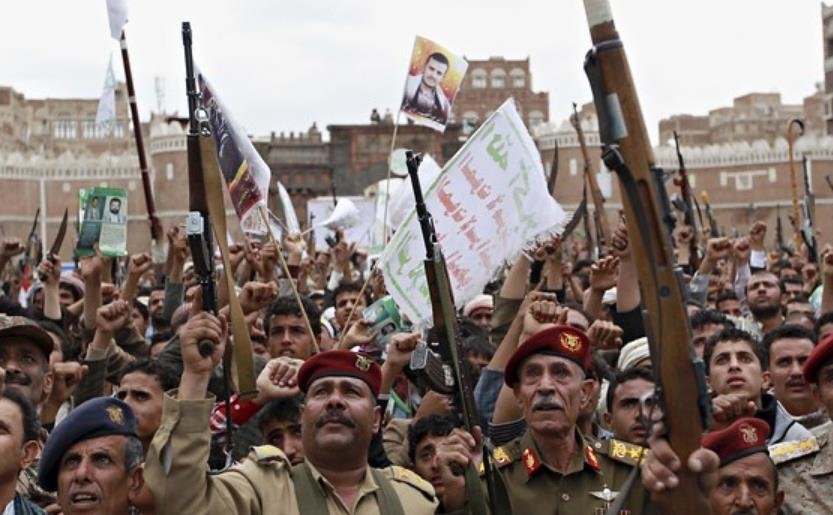Saudi Arabia’s air defense system was put to the test on Sunday, when it intercepted several missiles and drones launched by the Houthi rebels in Yemen. The incident, dubbed as the “Mad Minute” by some observers, highlights the increasing challenges that the Kingdom faces from the cross-border attacks.
The Houthi rebels, who have been fighting a Saudi-led coalition in Yemen since 2015, claimed responsibility for firing 14 drones and eight ballistic missiles at various targets in Saudi Arabia on Sunday. The targets included oil facilities in Ras Tanura and Jubail, as well as military sites in Dammam, Asir, and Jizan.
Saudi Arabia’s Ministry of Defense said it successfully intercepted and destroyed all the projectiles, using its Patriot and Hawk air defense systems. However, some videos circulated online showed at least one Patriot missile malfunctioning and crashing into a residential area in Riyadh, causing a loud explosion and a fire. No casualties were reported from the incident.

A sign of the Houthis’ growing capabilities and defiance
The attack was one of the largest and most sophisticated by the Houthis, who have been ramping up their cross-border operations in recent months. The rebels have acquired new types of drones and missiles, some of which are believed to be supplied by Iran, Saudi Arabia’s regional rival. The rebels have also improved their accuracy and range, posing a serious threat to Saudi Arabia’s security and infrastructure.
The attack also came amid a renewed diplomatic push by the US and the UN to end the war in Yemen, which has caused a humanitarian catastrophe and killed tens of thousands of people. The US, which has been a key ally of Saudi Arabia, recently revoked the designation of the Houthis as a terrorist group, and suspended some arms sales to the Kingdom, in an effort to pressure both sides to negotiate a peaceful solution. However, the Houthis have rejected the US and UN proposals, and have vowed to continue their attacks until Saudi Arabia lifts its blockade on Yemen.
A need for a more effective and comprehensive defense strategy
The attack has exposed the limitations and vulnerabilities of Saudi Arabia’s air defense system, which relies heavily on the US-made Patriot missiles. The Patriot system, which was developed in the 1980s, has a mixed record of intercepting ballistic missiles, especially those with low trajectories and high speeds. The system also consumes a lot of resources and manpower, and can be overwhelmed by multiple simultaneous attacks.
Saudi Arabia needs to develop a more effective and comprehensive defense strategy, that can counter the evolving and diversified threats from the Houthis and other adversaries. The Kingdom has been investing in other air defense systems, such as the THAAD and the Iron Dome, which can provide a layered and integrated defense against different types of projectiles . The Kingdom also needs to enhance its intelligence and surveillance capabilities, and cooperate with its regional and international partners, to prevent and deter the attacks at their source.
